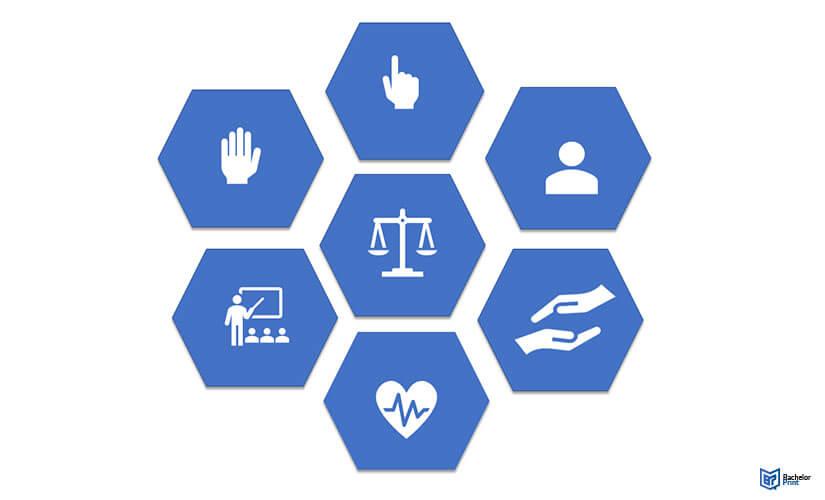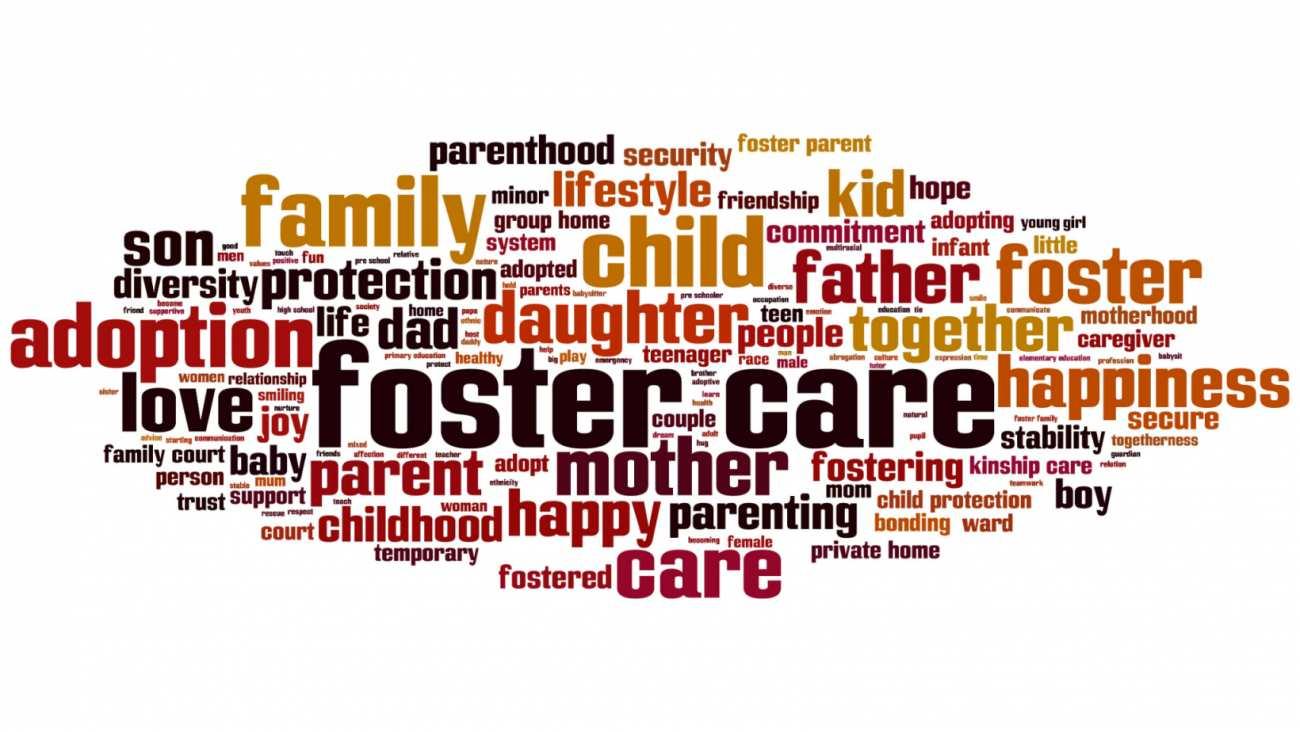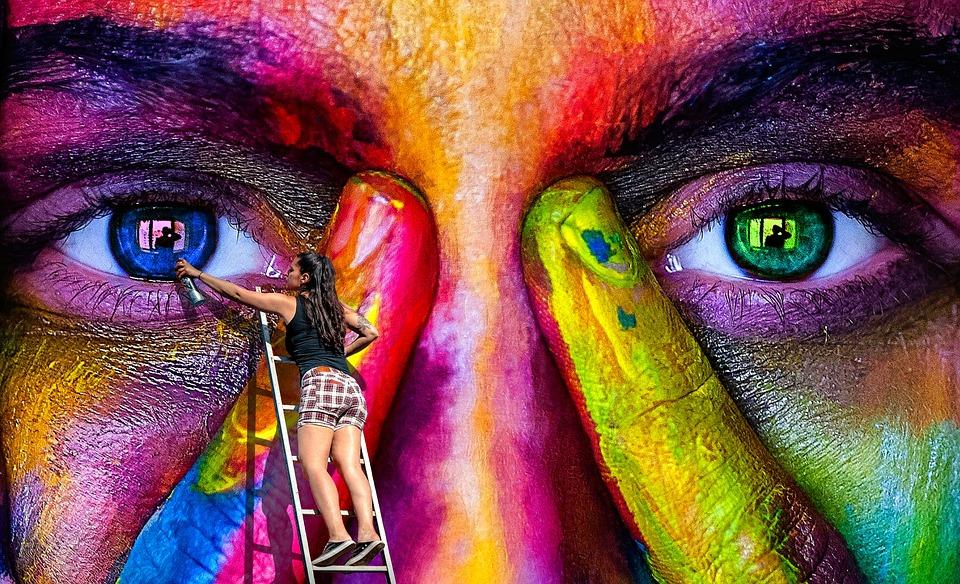In the labyrinth of modern technology, where circuits and algorithms mimic the synapses of the human brain, a new frontier has emerged at the crossroads of artificial intelligence (AI) and art. This realm, uncharted and brimming with potential, beckons us to explore the profound implications of AI in the domain of human expression. “Beyond the Soul of AI: Art, ethics, and the Future of Human Expression” delves into this engaging intersection, where the binary meets the brushstroke, and silicon inspires the soul.As we stand on the precipice of this new era, we are compelled to ask: What does it mean for art when the creator is not human but a machine? How do we navigate the ethical quandaries that arise as AI begins to blur the lines between the ingeniously crafted and the algorithmically generated? This article embarks on a journey to uncover the essence of creativity in the age of artificial intelligence, examining the transformative impact of AI on art and the ethical considerations that accompany this evolution. Join us as we venture beyond the soul of AI, into a future where technology and human expression converge in ways previously unimaginable.
The Intersection of AI and Artistic Creation: Navigating New Frontiers
In the realm where technology meets creativity, artificial intelligence (AI) has begun to play the role of both muse and artist, challenging our traditional notions of artistic creation. The emergence of AI-driven art raises profound ethical questions about originality, ownership, and the essence of human creativity. As algorithms learn to mimic and even surpass human artistic capabilities,from generating complex musical compositions to creating visually stunning artworks,we find ourselves at a crossroads. This intersection invites us to reconsider what it means to be an artist and what constitutes art in the digital age. The debate is not just about the legitimacy of AI-created art but also about how these technologies reflect and shape our cultural and moral values.
Key Ethical Considerations in AI-driven Art:
- Authenticity and Originality: The question of whether an AI can truly create something ‘new’ or if it is indeed merely remixing vast datasets of existing human-created content.
- Intellectual Property Rights: Determining the rightful owner of AI-generated art-whether it be the creator of the AI, the user who prompted the creation, or the AI itself.
- Impact on Human Artists: Understanding how AI art impacts the livelihoods and creative expression of human artists, and whether it complements or undermines their work.
As we navigate these new frontiers, it becomes imperative to establish ethical guidelines that honor both the innovative potential of AI in artistic creation and the invaluable, irreplaceable essence of human creativity. This journey is not just about exploring the capabilities of AI but also about defining the values we wish to uphold in a future where art and technology are increasingly intertwined.

Ethical Considerations in the Age of AI-Generated Art
The dawn of AI-generated art has ushered in a new era where creativity is no longer confined to the human hand or mind, challenging our traditional notions of authorship and originality. At the heart of this revolution lies a complex web of ethical considerations that beckon us to question the boundaries between human and machine-made art. Who holds the rights to AI-created works? Is it the developers who designed the algorithms, the users who input the prompts, or the AI itself? This conundrum not only redefines intellectual property laws but also stirs a philosophical debate on the essence of creativity and whether AI can possess something as inherently human as a ‘soul’.
Moreover, the proliferation of AI in art raises concerns about the impact on human artists. Will AI-enhanced creations overshadow traditional art forms, rendering human artists obsolete, or will it serve as a tool that augments human creativity, leading to new forms of expression previously unimaginable? The ethical implications extend beyond individual creators to affect cultural heritage and diversity. AI’s ability to generate art across various styles and epochs at an unprecedented scale poses questions about cultural appropriation and homogenization. It’s crucial to navigate these waters with a mindful approach that respects and preserves the richness of human diversity.
- Reevaluation of Intellectual Property Rights
- Defining Creativity and Authorship in the AI Era
- Impact on Human Artists and Cultural Diversity
| Stakeholder | Concerns | Potential Benefits |
|---|---|---|
| Human Artists | Job displacement, loss of uniqueness | New tools for expression, collaboration with AI |
| Legal Systems | Intellectual property law adaptation | Clarification of rights and ownership |
| Cultural Institutions | Cultural homogenization | Preservation and innovation in art forms |

fostering human-AI Collaboration for Enhanced Creative Expression
The dawn of artificial intelligence in the realm of creativity has opened up a new frontier where the brushstrokes of AI meet the nuanced perceptions of human artists. This confluence is not just about leveraging AI to produce art that mimics human creativity but about creating a symbiotic relationship where both human and AI learn from each other. The potential for AI to enhance human creativity is immense,offering tools that can extend the range of human expression beyond traditional boundaries. Imagine an AI that can suggest novel color palettes based on emotional cues in poetry or compose music that adapts to the storyline of a novel. These are not distant realities but tangible possibilities that are being explored today.
Though, this collaboration raises crucial ethical considerations. the key is to ensure that AI serves as a catalyst for human creativity, not a replacement. Clarity in how AI algorithms influence the creative process and accountability for the content generated are paramount. Artists and creators must navigate these waters with a clear understanding of the tools at their disposal.Below is a simple guide to fostering ethical human-AI collaboration in creativity:
- Consent and Credit: Always attribute the contributions of AI in the creative process, and ensure that the use of AI respects the rights and consent of any human subjects involved.
- Transparency: Be open about the extent of AI’s involvement in the creative output, distinguishing between human and AI-generated content.
- Accountability: Maintain a critical stance towards the output,ensuring that it aligns with ethical standards and societal norms.
As we chart this new territory, the dialogue between AI and human creativity promises to redefine the boundaries of art, storytelling, and expression. the journey ahead is not without its challenges, but by embracing ethical principles, we can ensure that this fusion enhances the richness of human expression, rather than diminishing it.
Shaping the Future: Policy Recommendations for AI in the Arts
The intersection of artificial intelligence and the arts has opened a Pandora’s box of ethical considerations, challenging our traditional notions of creativity and authorship. As AI continues to evolve, it becomes imperative to establish a framework that not only nurtures innovation but also safeguards human expression.To this end, policy recommendations must strike a delicate balance between fostering artistic freedom and ensuring ethical use of AI technologies. Among these, the promotion of transparency in AI-generated art stands paramount. Artists and creators should be encouraged to disclose the use of AI in their works, providing clarity on the origins of their creations and maintaining trust with their audience.
Furthermore, the establishment of equitable compensation models for AI-generated art is crucial. As AI algorithms draw upon vast datasets, including existing artworks, to generate new creations, questions of copyright and ownership emerge. Policies should advocate for:
- Clear guidelines on copyright ownership,distinguishing between AI-assisted and AI-generated art.
- Revenue-sharing models that compensate original artists whose works contribute to the datasets used by AI.
These measures will ensure that artists are fairly compensated for their contributions to the digital art ecosystem, fostering an surroundings where innovation can flourish without undermining the value of human creativity.
Final Thoughts
As we stand at the crossroads of an unprecedented digital renaissance, the journey of AI in the realm of art and human expression beckons us with a kaleidoscope of ethical considerations and boundless possibilities. “Beyond the Soul of AI: Art, Ethics, and the Future of Human Expression” has traversed the intricate dance between the binary beats of artificial intelligence and the timeless rhythm of human creativity. It has illuminated the shadows cast by emerging technologies, revealing both the brilliance and the dilemmas they bring to the canvas of our lives.
In this exploration, we’ve ventured beyond the surface, peering into the heart of what it means to create, to appreciate, and to value art in an age where the lines between human and machine blur with each passing moment. The ethical compass that guides us through this new landscape is not fixed; it evolves as we navigate the complexities of authorship, authenticity, and the essence of creativity itself.As we close this chapter, let us not see it as an end but as an invitation to a broader conversation-a dialogue that transcends disciplines, cultures, and ideologies. The future of human expression, augmented by the capabilities of AI, holds a mirror to our collective soul, challenging us to redefine the boundaries of art and the essence of human ingenuity.
May we approach this horizon not with trepidation but with curiosity, openness, and a relentless pursuit of understanding. For in the fusion of human creativity and artificial intelligence lies not just the future of art, but the ongoing evolution of our very humanity. Let us embrace this journey with the wisdom to ask the right questions, the courage to seek honest answers, and the vision to create a future where technology amplifies the best of what it means to be truly human.
